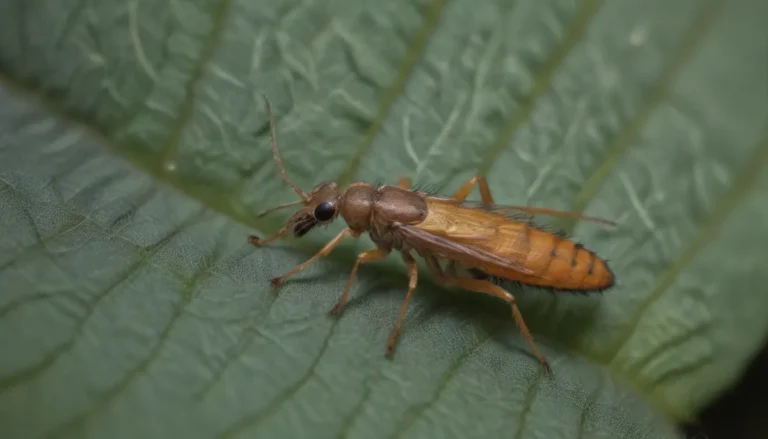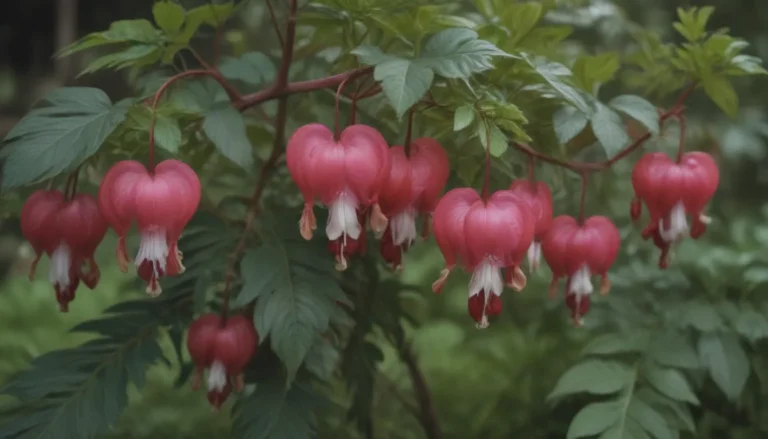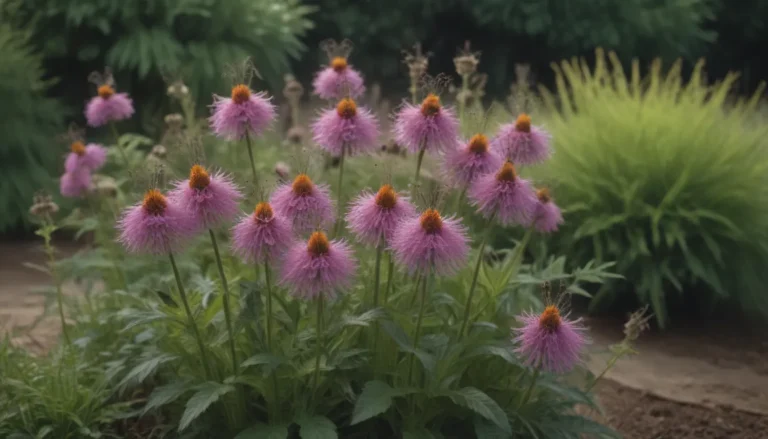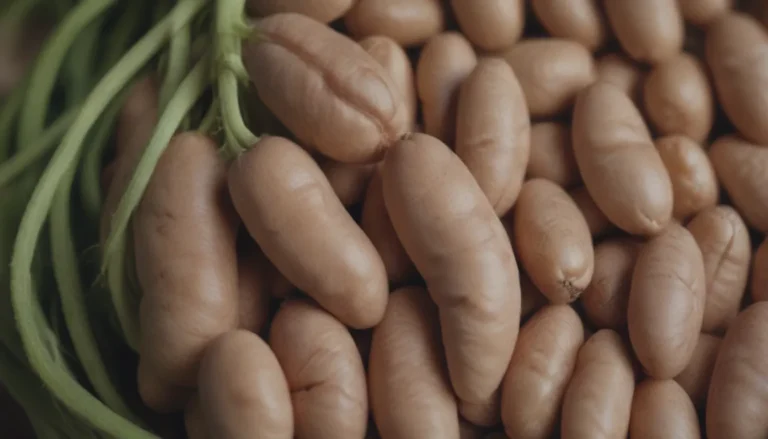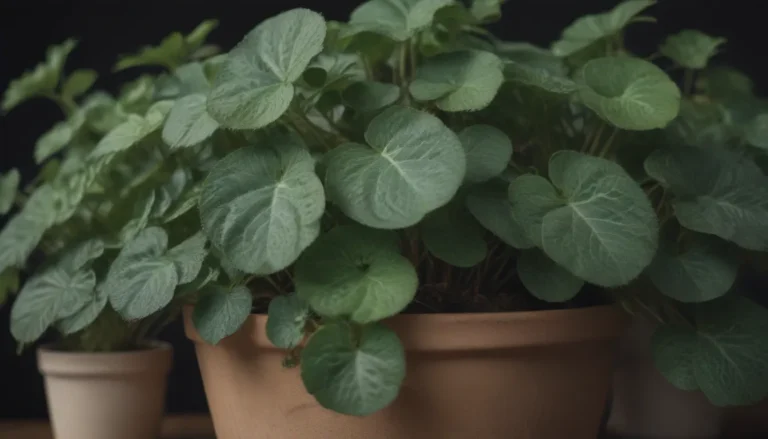The Ultimate Guide to Growing and Caring for Jewelweed
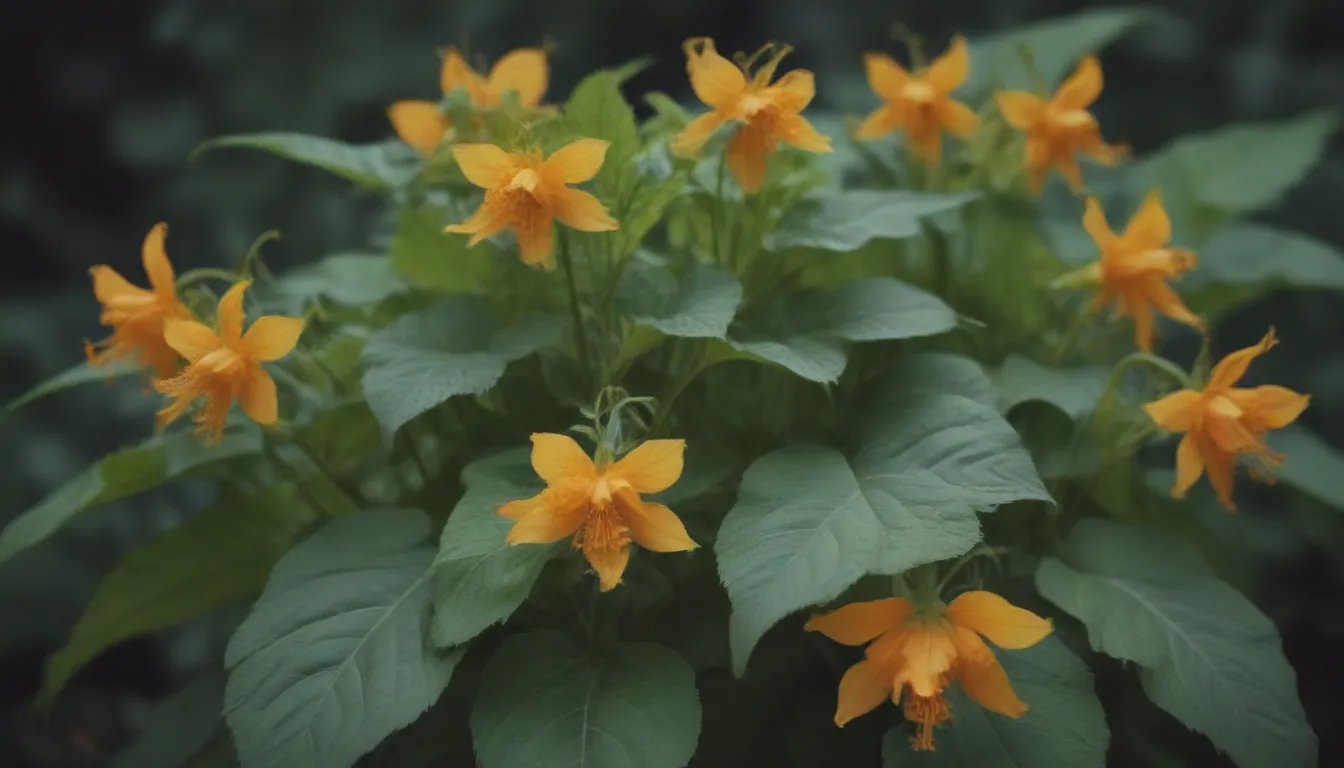
Welcome to the ultimate guide on how to grow and care for jewelweed, also known as spotted touch-me-not. This beautiful annual wildflower is a must-have for any garden with its cornucopia-shaped flowers and blue-green, oval leaves. In this comprehensive article, we will delve into the main care requirements for growing jewelweed, different types of jewelweed, pruning tips, how to grow jewelweed from seed, potting and repotting jewelweed, common pests and plant diseases, and how to get jewelweed to bloom. Let’s get started!
Jewelweed Care
Here are the main care requirements for growing jewelweed:
Light
- Jewelweed thrives in dappled sunlight to full shade.
- It can tolerate direct morning sun, but strong afternoon sun can be too harsh for the plants.
Soil
- Jewelweed prefers organically rich soil that retains moisture.
- Digging a thick layer of compost into your soil prior to planting is a great way to give your plants a nutrient boost.
- A slightly acidic to neutral soil pH is best.
Water
- Jewelweed thrives in evenly moist soil and will wither if the soil becomes too dry.
- Water whenever the top inch of soil dries out.
- Consider adding a layer of mulch to help retain soil moisture.
Temperature and Humidity
- Jewelweed is not hardy to cold temperatures and exposure to frost can damage or kill it.
- It can survive fairly hot temperatures as long as it has sufficient shade and soil moisture.
- It can tolerate a range of humidity levels, though it doesn’t thrive in very dry conditions.
Fertilizer
- Jewelweed generally doesn’t need supplemental fertilizer.
- If you have very poor soil, add compost at the time of planting and then side-dress with compost in the summer.
Types of Jewelweed
There are two types of jewelweed that look exactly alike, except for the flower color:
– Spotted or orange jewelweed
– Pale or yellow jewelweed
Pruning
It can be difficult to prevent jewelweed from propagating on its own via its explosive seed pods. However, pruning off the seed pods before they mature can help to control their spread if that’s what you wish.
How to Grow Jewelweed From Seed
Jewelweed is an annual that will typically self-seed on its own without any help. However, if you want to strategically grow the plant in other areas of your yard, you can easily propagate jewelweed with purchased or harvested seeds from its pods. Here’s how:
1. Collect mature jewelweed seeds from the plants’ small pods in early fall.
2. Plant them right away in your preferred location about 1/4 inch deep.
3. This will expose them to the cold winter temperatures needed to germinate in the spring.
Or, you can start seeds in a small container. But then it’s best to transplant seedlings to a container that can accommodate jewelweed’s mature size rather than having to repot throughout the season. A 5-gallon container should suffice.
Potting and Repotting Jewelweed
To grow jewelweed in a container, use a plastic pot with drainage holes and fill it with a good-quality potting mix. Container plants generally need watering more frequently than those grown in the ground, so check moisture levels frequently on your potted jewelweed.
Common Pests and Plant Diseases
Though jewelweed has few issues with pests and diseases, watch for:
– Mealybugs, which can be controlled using various methods such as spraying with insecticidal soap or wiping them off with rubbing alcohol.
– Downy and powdery mildew, leaf spot, and botrytis blight. These fungal issues can be treated with fungicides.
– Avoid overwatering, especially in humid conditions.
How to Get Jewelweed to Bloom
How Long Does Jewelweed Bloom?
Jewelweed’s flowers appear in midsummer and continue into fall.
What Do Jewelweed Flowers Look and Smell Like?
Jewelweed’s flowers are unscented with four to five petals and typically orange or yellow-orange with reddish spotting.
How to Encourage More Blooms
Deadheading, or removing spent blooms, can promote further blooming. Jewelweed generally blooms readily on its own without any special care from you.
Common Problems With Jewelweed
When jewelweed grows in conditions it likes, it thrives and spreads vigorously. However, issues with its environment can cause problems such as:
– Drooping leaves due to lack of moisture.
– Leaf drop due to prolonged drought or frost.
– Self-propagation through explosive seed pods.
Jewelweed is a versatile and hardy plant that can thrive in various conditions. With the right care and attention, you can enjoy its beautiful blooms throughout the growing season. Whether you’re a beginner or experienced gardener, jewelweed is a great addition to any garden.
In addition, jewelweed’s dense growth can discourage weeds and out-compete non-native species. Its vibrant flowers make it a standout in any garden setting. Consider adding jewelweed to your garden for a touch of color and natural beauty.
In conclusion, jewelweed is a low-maintenance plant that can bring joy and vibrancy to your garden. With proper care and attention to its specific requirements, you can enjoy its blooms for many seasons to come. So go ahead and give jewelweed a try in your garden, and watch as it adds a touch of beauty and elegance to your outdoor space. Happy gardening!
